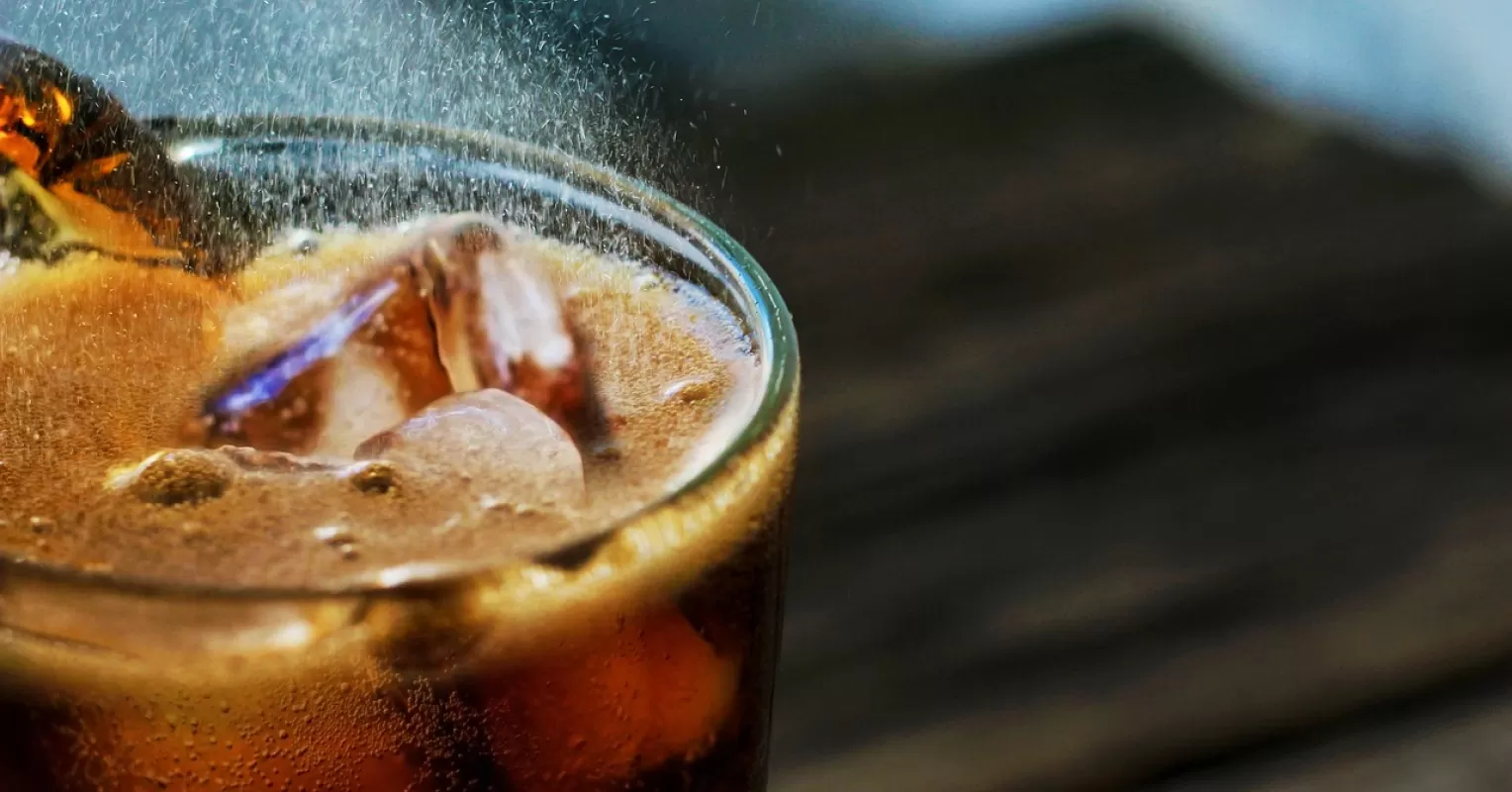
A Healthy Side of Soda?
How did your country report this? Share your view in the comments.
Diverging Reports Breakdown
A Healthy Side of Soda?
In the early 1800s, the natural carbonation found in some mineral springs was sought out for its healing effects. In 1806, a Yale chemistry professor named Benjamin Stillman set up a carbonation device at the counter of a local drugstore in Connecticut. This was referred to a “soda water,” a reference to the bicarbonate of soda used in the process of carbonating the water. To make it more appealing and increase its healthful allure, they added various syrups created with herbs or roots like sarsaparilla, sassafras or ginger. This gave rise to the term “soft drink” still in use today, which in the mid 1800s referred to all non-alcoholic drinks. In the late 20th century, Coca-Cola was mainly found in North and South Carolina, mainly in North Carolina and Georgia. This original formulation also inspired the less frequently used “Coke’s” shortened name “Dope”
A carbonated solution?
Though people consume them by the gallon—or gallons, going by what the average person consumes per year—few would venture to say drinking a Coke or a Pepsi is good for you. The high amount of sugar the average soda contains has even made them subject to soda bans and sugar taxes in some schools and in municipalities like Boulder, Colorado.
But, in the early 1800s, the natural carbonation found in some mineral springs was sought out for its healing effects. As far back as Hippocrates in 400 AD, physicians had been instructing patients to immerse themselves in or imbibe mineral waters, the bubblier the better. And if one was not able to find some local bubbling springs in which to take a dip, why not instead just drink some that replicated this water’s purported healthful components?
Creating this carbonation, though, was not as easy as it might sound, at least without the advanced understanding of scientific processes that exists today. As far back as the Middle Ages, people had repeatedly failed in their quest to harness the healing powers of bubbly mineral water.
But, in 1767, an English Presbyterian minister and science enthusiast by the name of Joseph Priestly finally figured out how to artificially carbonate water.
Priestly’s better luck stemmed from his living near a brewery, which gave him the brilliant idea of capturing the gas produced during grain fermentation to create carbonation in water. After further experimentation, he published a scientific paper detailing the process and even gave famed Captain James Cook the magic recipe hoping it would help combat scurvy on long sea voyages (it didn’t).
The birth of “soda”
Inspired by Priestly’s paper, many scientists and inventors worked to perfect carbonation techniques that resulted in better tasting and larger quantities of fizzy water. German jewelry maker and amateur scientist Jacob Schweppe created one of the earliest such processes, and, with it, launched the booming British bottled drink empire that still bears his name.
But, in America, suitable glass for bottling was much harder to obtain. So, in 1806, a Yale chemistry professor named Benjamin Stillman set up a carbonation device at the counter of a local drugstore in Connecticut, from which he could dispense artificially carbonated water. This was referred to a “soda water,” a reference to the bicarbonate of soda used in the process of carbonating the water. The carbonating device became known as a “soda fountain.”
Source: VintageBlue/Pixabay
From there, the soda fountain trend exploded at American pharmacies far and wide and drinking “soda water” exploded in popularity in the 1830s and 40s.
Carbonated water was touted for both its health benefits and as a “soft” alternative for social drinking to “hard” drinks with alcohol. This gave rise to the term “soft drink” still in use today, which in the mid 1800s referred to all non-alcoholic drinks.
Onward to soda pop
So how did soda become what it is today? Well, given the belief in its medicinal properties, pharmacists were the ones tasked with creating soda water at drugstores. To make it more appealing and increase its healthful allure, they added various syrups created with herbs or roots like sarsaparilla, sassafras or ginger, to make popular sweetened versions like “root beer” or “ginger pop.”
Coca-cola was one such concoction, invented by pharmacist Dr. John Pemberton and first sold at Jacob’s drugstore in Atlanta. Pemberton had formulated his syrup with coca leaves and cola nuts, which added caffeine and very trace amounts of cocaine. At the time, Pemberton marketed it as a refreshing and invigorating medicinal beverage.
Though reformulated early in the 1900s to remove the cocaine, the shortened name which alluded to it, aka “Coke,” stuck around. This original formulation also inspired the less frequently used term “dope” to refer to Coca-Cola, a usage that was dying out by the late 20th century, found mainly in North and South Carolina.
A little healthy caution
In the end, neither the mineral salts in the soda water, the ginger in the ginger pop nor the sassafras in the root beer proved to be much more than clever ways of making more attractive and marketable what was really nothing more than fizzy sugared water.
The moral here being that, while both word meaning and health fads certainly have evolved over time, drink creators are still selling people much the same thing: the illusory attraction of wellness in a bottle.
Source: https://www.psychologytoday.com/us/blog/language-in-the-wild/202506/a-healthy-side-of-soda
